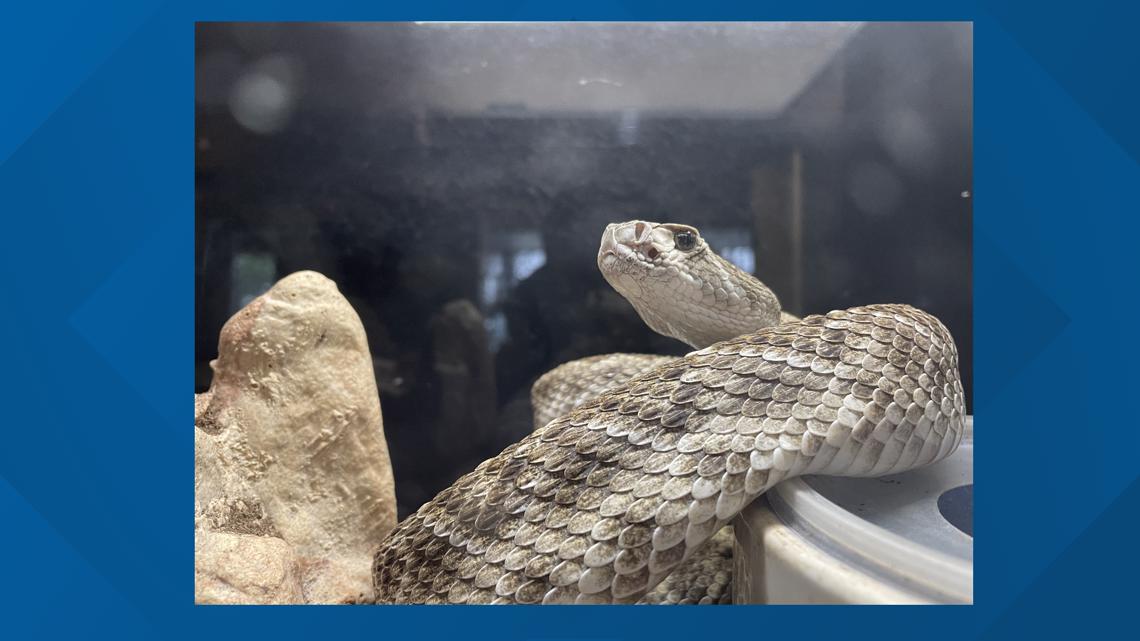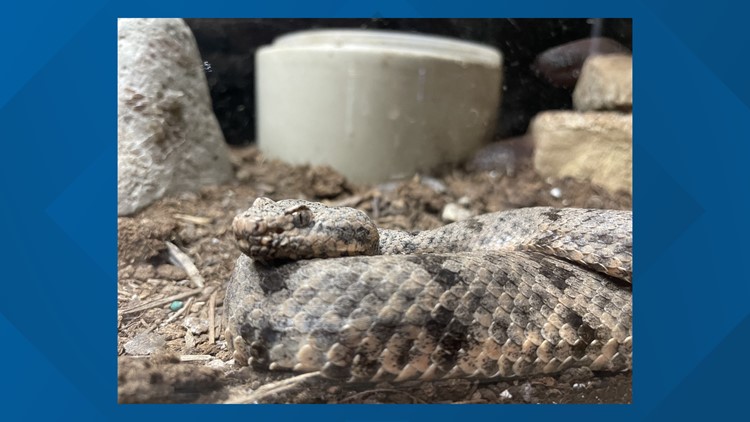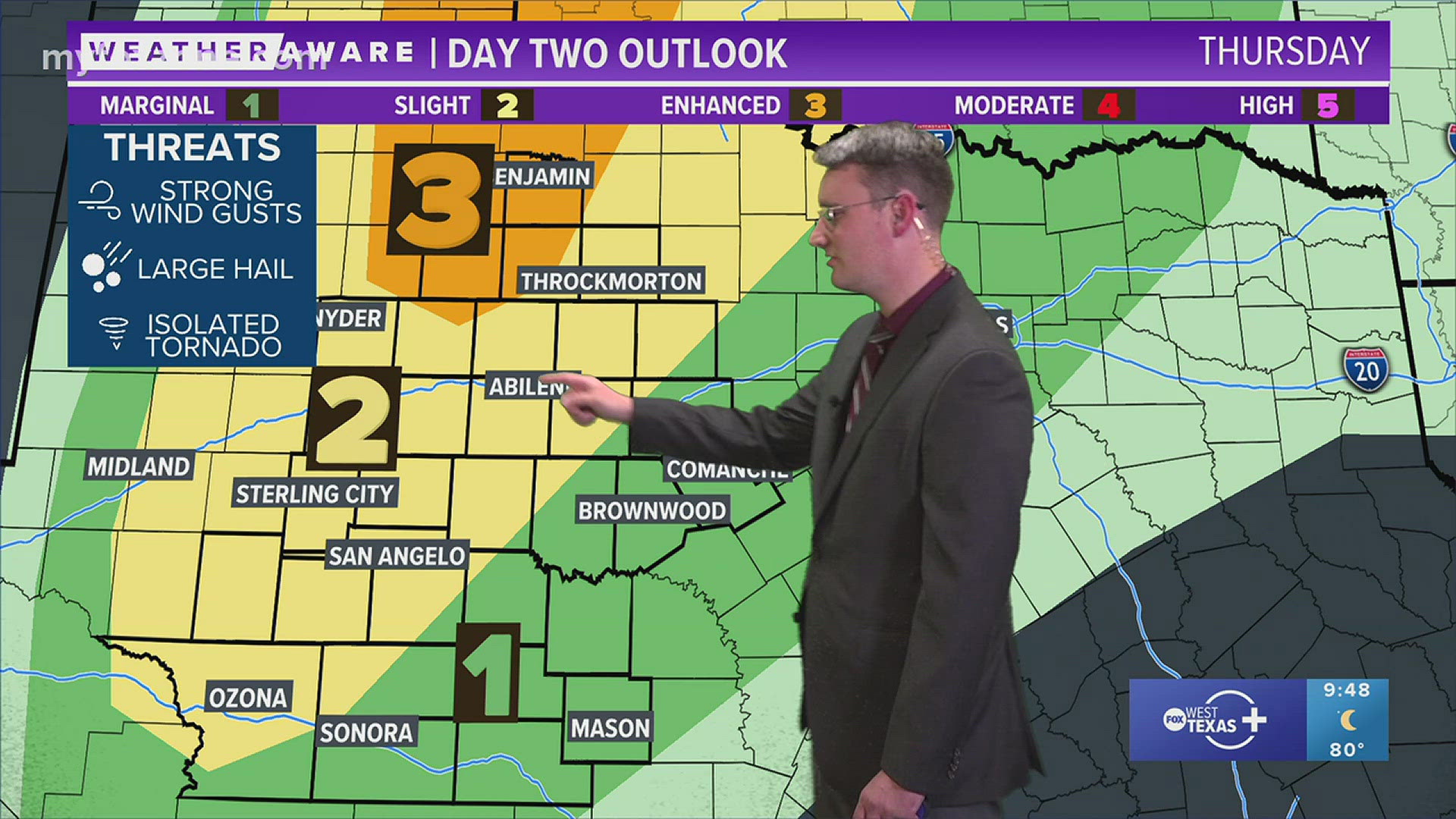SAN ANGELO, Texas — Western Diamond-Backed Rattlesnakes, Black-Tailed Rattlesnakes, Mottled Rock Rattlesnakes and more will soon be slithering out from their hiding spots and onto West Texas grounds.
From late February through early March, rattlesnake season officially begins as the weather starts heating up and with multiple venomous snakes in San Angelo, it's important to know what to look out for.
"The warmer it gets, the more active they're gonna get," San Angelo Nature Center front desk manager Anna Marquardt said.
During the colder winter months, rattlesnakes tend to hide out underground, beneath rocks or in any other place that will allow them to stay warm and dry.
This is known as brumation, where reptiles are relatively sedentary and might only leave to hunt for food or water.
As 80 degree days become more common, so will rattlesnake sightings.
In San Angelo, there are various venomous rattlesnakes to be aware of with the Western Diamond-Backed being more common than others.


Often, rattlesnakes like to hide under rocks or in tall, grassy areas. You might hear them before you see them and as a general rule, it's important to stay away from snakes in the wild.
"If you step in their direction, they're gonna rattle," Marquardt said. "And they're not gonna strike unless they actually have to."
According to Marquardt, rattlesnakes are defensive in nature, so they typically won't attack unless provoked by being tapped with a stick, stepped on, etc.
Most often, rattlesnakes will bite if someone steps on them, which is usually not purposeful.
In fact, the CDC states that while 7,000-8,000 people in the United States get bit by rattlesnakes every year, approximately five die as a result. This is largely in part to the help of medical assistance.
All rattlesnakes are considered venomous, where their bite releases venom directly into their victim's skin.
Despite the risk they might impose, Marquardt says it's fundamental to stay educated on rattlesnakes and how they can benefit the animal kingdom.
"I think it's important to always know when something is dangerous but can also be really good for the environment, as well," she said.
"You know, they can eat things that bother you, like mice...they're really not going to try and come out and get you."
Rattlesnake season typically lasts until autumn and it's good to be aware before it fully starts.



